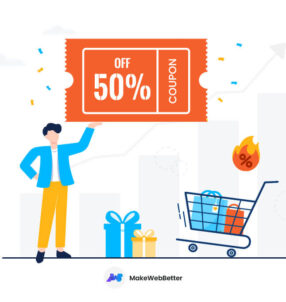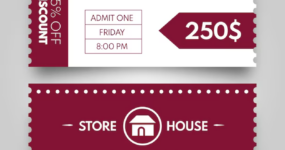
Insurance companies are increasingly emphasizing value-based plans to align consumer spending with the value generated by a service or drug. However, pharmaceutical makers are seriously undermining these efforts by issuing “copayment coupons.” With coupons, the consumer’s cost for a higher-tier brand-name drug may actually be less than it would be for a lower-tier generic. In fact, experts say, with a coupon, an expensive drug may even cost the patient nothing.
The lead author of a 2016 New England Journal of Medicine (NEJM) article about copayment coupons, Leemore S. Dafny, Ph.D., explains that consumers view coupons as a discount. At the moment of the purchase, they seem to benefit patients. Still, as coupons increasingly shift spending toward pricey brand-name drugs, the net effect is greater pharmaceutical spending and higher health insurance premiums, which hurt those same consumers. Coupons also further the upward spiral in healthcare spending, according to Dafny Furthermore, coupons do not help those patients who need help most. The coupons are not means-tested, and they generally don’t work for uninsured people.
Insurers try to encourage patients to choose lower-cost medications through the use of formularies. With formularies, patients have higher copayments for higher-priced medications and lower copayments for lower-priced ones. These approaches have been helping insurers increase the use of lower-cost drugs, mostly generics.
Dafny explains that copayment coupon programs were expressly designed to undermine such cost-sharing by cutting or eliminating the patients’ copayments. When a patient uses a coupon to buy a higher-cost brand name drug instead of an equally effective lower-cost generic, the insurer is stuck paying its share of the cost for the expensive brand name drug. The coupon has reduced the patient’s immediate costs, but the insurer is paying a large percentage of the cost of an expensive medication when, if the patient had not used a coupon, the insurer would have paid its share of the cost for a more economical drug.
Coupon use booming
In the NEJM article, the authors wrote that “the number of coupons has skyrocketed,” and that “they have increased the percentage of prescriptions filled with brand-name formulations more than 60%.” A report issued by the Office of the Inspector General within the U.S. Department of Health and Human Services describes the mechanics this way: Pharmacies implement the coupons at the point of sale in such a way that their use is actually invisible to health insurers. When a patient buys a drug with a coupon, the pharmacist first processes the patient’s primary insurance. That insurance company responds to the pharmacist and tells them the amount of the patient’s copay. The pharmacist then processes the copayment coupon. A third party called a coupon vendor processes the coupon on behalf of the drug manufacturer, and responds to the pharmacist with the patient’s final copayment amount, if the patient does still have to pay any portion of the copay.
[“Source-medicaleconomics”]
| M | T | W | T | F | S | S |
|---|---|---|---|---|---|---|
| 1 | 2 | 3 | 4 | 5 | 6 | |
| 7 | 8 | 9 | 10 | 11 | 12 | 13 |
| 14 | 15 | 16 | 17 | 18 | 19 | 20 |
| 21 | 22 | 23 | 24 | 25 | 26 | 27 |
| 28 | 29 | 30 | 31 | |||



























